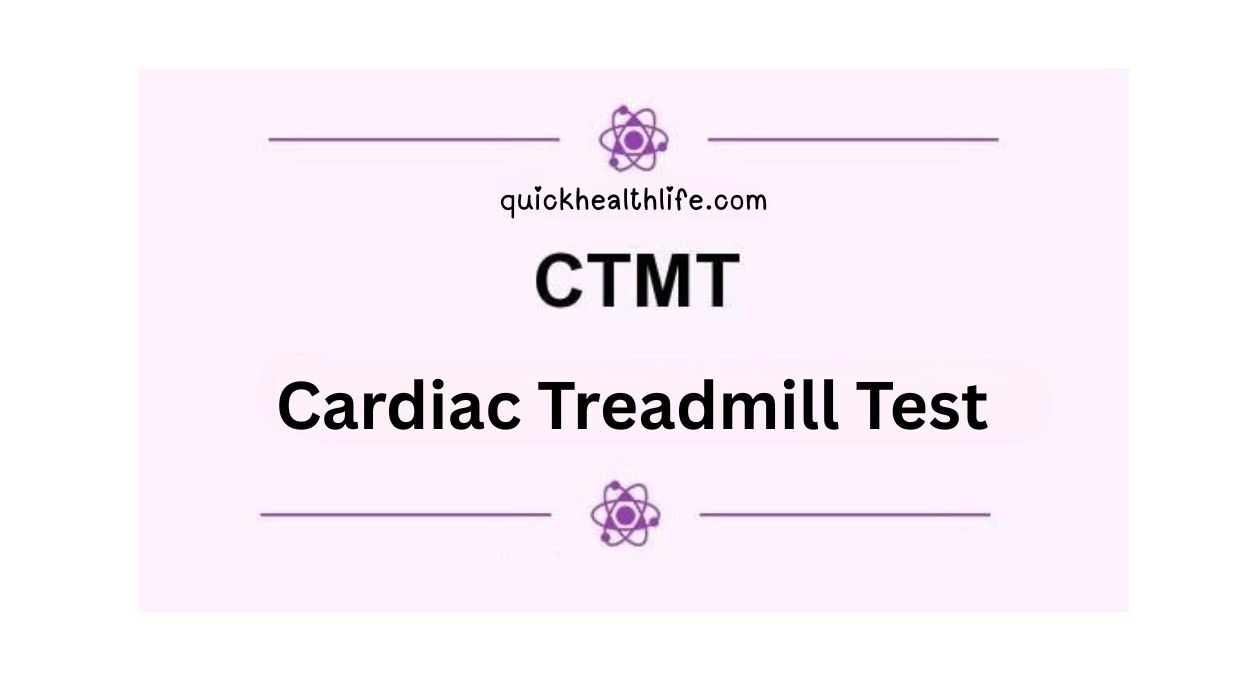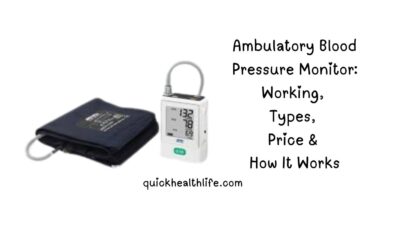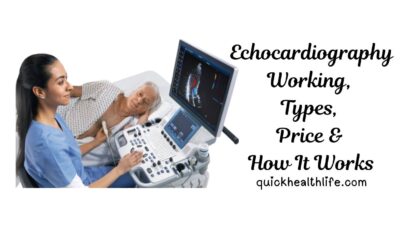Heart health is one of the most important indicators of overall well-being. With the rise of sedentary lifestyles, stress, and dietary imbalances, cardiovascular diseases have become a global health concern. Among the diagnostic tools available for early detection and evaluation of heart conditions, the CTMT test—also known as the Cardiac Treadmill Test—is one of the most commonly prescribed assessments.
Table of Contents
CTMT Full Form in Medical
The CTMT full form is Cardiac Treadmill Test. In clinical terminology, the CTMT full form in medical usage indicates a non-invasive stress test that evaluates how the heart responds to physical exertion.
This examination is closely related to the TMT (Treadmill Test) often mentioned in cardiology. Both terms are used interchangeably, though CTMT emphasizes the cardiac focus of the treadmill evaluation.
Purpose of the CTMT Test
The primary goal of the CTMT medical test is to assess the functioning of the heart under stress. Since many heart-related symptoms do not appear when the body is at rest, applying physical exertion through treadmill exercise helps uncover hidden cardiovascular issues.
Conditions Diagnosed:
- Detection of coronary artery disease (blockages in heart arteries).
- Evaluation of chest pain and its relation to cardiac stress.
- Monitoring of heart rhythm irregularities.
- Assessment of exercise tolerance in patients with known heart conditions.
- Determining safe levels of physical activity for cardiac patients.
For individuals with risk factors such as diabetes, hypertension, obesity, and a family history of heart disease, undergoing a CTMT medical test can act as an early warning system.
CTMT Test Means
So, what exactly does the CTMT test means? Simply put, it measures how efficiently the heart functions when subjected to controlled stress through treadmill walking or jogging. Electrodes connected to the chest monitor the electrical activity of the heart, while blood pressure and pulse are recorded simultaneously.
The Procedure of the CTMT Test
The CTMT medical test is straightforward and usually completed within 30 to 45 minutes.
Step-by-Step Process:
- Preparation
- Electrodes are attached to the patient’s chest, arms, and legs.
- A resting ECG (electrocardiogram) is recorded.
- Blood pressure and pulse are checked before the treadmill activity begins.
- Treadmill Exercise
- The patient walks on a treadmill following the Bruce Protocol—a series of stages where speed and incline gradually increase.
- Continuous ECG monitoring records changes in heart rhythm.
- The test continues until the target heart rate is achieved or until the patient experiences discomfort such as chest pain, dizziness, or breathlessness.
- Recovery Phase
- After exercise, the patient rests while ECG and blood pressure continue to be monitored until values return to baseline.
The entire process is non-invasive, and no hospitalization is required.
CTMT Test Report
Interpreting the CTMT test report is essential for understanding cardiovascular health.
Key Indicators in the Report:
- Heart Rate Response: Whether the heart rate increases appropriately with exercise.
- Blood Pressure Response: Any abnormal rise or fall during exertion.
- ECG Changes: Alterations that may suggest blocked arteries or ischemia.
- Exercise Duration: Helps assess endurance and exercise tolerance.
A positive CTMT result may indicate coronary artery disease, while a negative result suggests a lower risk. However, the final diagnosis is always made in conjunction with other clinical findings and tests.
CTMT Test Price
The CTMT test price varies depending on location, hospital, and additional diagnostic services included.
- In India, the average cost ranges between ₹1,500 to ₹5,000.
- In the United States, prices may range from $200 to $500 depending on healthcare providers.
Insurance often covers part of the cost if the test is medically indicated. Patients should confirm with their hospital about the exact CTMT test price before scheduling.
CTMT Test Psychology
Interestingly, the CTMT test psychology is another aspect worth discussing. Many patients feel anxious before taking a stress test due to the fear of discovering hidden heart conditions. This psychological stress itself can impact results, as anxiety influences heart rate and blood pressure.
Doctors often reassure patients by explaining the safety measures in place, including continuous monitoring and immediate medical intervention if required. A calm mindset helps achieve accurate outcomes.
Risks of CTMT
Although generally safe, the CTMT medical test does come with minimal risks, especially for patients with pre-existing conditions.
Potential Risks:
- Temporary dizziness or fainting.
- Irregular heartbeats (arrhythmias).
- Chest pain or angina.
- Rarely, a heart attack in high-risk individuals.
Since the test is supervised by trained medical professionals, emergency measures are always available if complications arise.
CTMT vs TMT
Many patients are curious about the difference between CTMT and TMT. In essence, there is no difference. Both refer to treadmill-based stress tests used to evaluate heart performance. The term CTMT specifically emphasizes the cardiac aspect, while TMT is a broader reference.
Interpreting Results
Results from the CTMT test report are usually categorized as:
- Normal: No significant ECG changes, heart rate, or blood pressure abnormalities.
- Abnormal: Indications of ischemia, arrhythmias, or insufficient exercise tolerance.
- Inconclusive: The patient may not reach the required heart rate, making results less definitive.
A cardiologist may recommend further diagnostic tests such as echocardiography, angiography, or advanced imaging if the CTMT results raise concerns.
Lifestyle After a CTMT
The insights gained from a CTMT medical test should inspire patients to adopt healthier lifestyle habits. Recommendations often include:
- Regular aerobic exercise within safe limits.
- Balanced diet with reduced saturated fats and salt.
- Stress management practices such as yoga or meditation.
- Regular monitoring of blood pressure, blood sugar, and cholesterol.
Conclusion
The CTMT full form—Cardiac Treadmill Test—represents one of the most valuable tools for diagnosing and preventing heart disease. By understanding CTMT test means, the procedure, and its interpretation, patients gain a clearer picture of their cardiovascular health.



